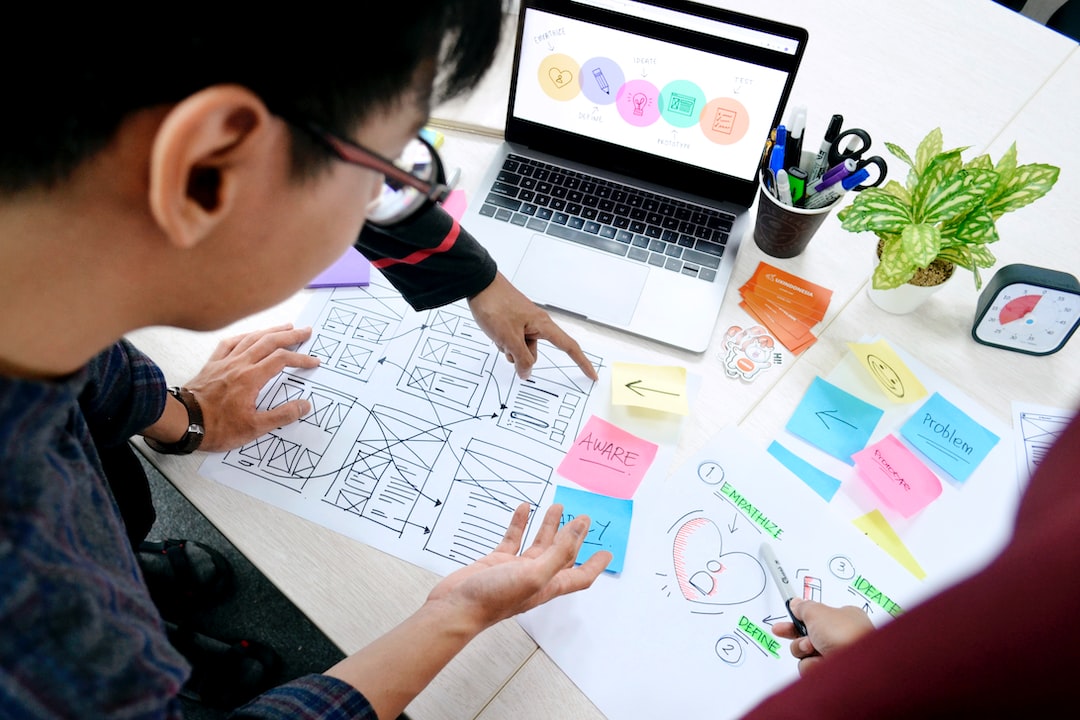Art and design have long been intertwined, with the two disciplines influencing each other in a countless number of ways. The intersection of art and design is a fascinating and constantly evolving space where creativity and innovation thrive. From the Renaissance to modern times, artists and designers have been collaborating and drawing inspiration from one another, creating works that are not only aesthetically pleasing but also functional and thought-provoking.
Art and design share a common goal – to communicate ideas, emotions, and stories. While art is often seen as more subjective and personal, design is usually more focused on achieving a specific goal or solving a problem. However, the boundaries between the two are becoming increasingly blurred, as artists incorporate design principles into their work and designers explore the realm of art for inspiration.
One of the most famous examples of the intersection of art and design is the work of the Bauhaus movement. Founded in Germany in the early 20th century, the Bauhaus school aimed to bring together fine arts, crafts, and design into a cohesive whole. The Bauhaus designers believed that art should be accessible to all and that good design should be both functional and beautiful. Their revolutionary approach to design influenced a generation of artists and designers, and their legacy can still be seen in the minimalist aesthetic that is popular today.
Another key aspect of the intersection of art and design is the concept of form and function. While art is often seen as purely decorative or expressive, design is rooted in practicality and functionality. However, successful design often incorporates elements of art to create products that are not only useful but also visually appealing. Take for example the iPhone – a technological marvel that not only functions as a communication device but is also a beautiful object in its own right. The sleek, minimalist design of the iPhone has been lauded for its aesthetic appeal, proving that form and function can coexist harmoniously.
Art and design also play a crucial role in shaping our society and culture. From advertising campaigns to public spaces, art and design have the power to influence our emotions, attitudes, and behaviors. A well-designed product can evoke a strong emotional response, while a thought-provoking piece of art can spark conversations and push boundaries. The intersection of art and design allows us to explore new ideas, challenge conventions, and imagine new possibilities.
In recent years, technology has played a significant role in the intersection of art and design. Digital tools have revolutionized the way artists and designers create and collaborate, opening up new possibilities for experimentation and innovation. From 3D printing to virtual reality, technology has enabled artists and designers to push the boundaries of what is possible in ways never before imagined. The lines between traditional art forms and digital design are becoming increasingly blurred, as artists explore new mediums and technologies to express their creativity.
The intersection of art and design is not limited to the world of fine arts and high-end products. It can be seen everywhere around us, from the logo on a coffee cup to the architecture of a building. Design thinking has become increasingly popular in areas such as business, education, and healthcare, as organizations seek to create more user-friendly and innovative solutions. Artists and designers are no longer confined to their respective disciplines – they are collaborating, experimenting, and breaking boundaries to create a more beautiful and functional world.
As we move forward into an increasingly digital and interconnected world, the intersection of art and design will continue to play a vital role in shaping our society and culture. It is through this intersection that we can push the boundaries of creativity, challenge conventions, and create new possibilities for the future. Whether it is through the design of a building, a piece of furniture, or a piece of artwork, the intersection of art and design will continue to inspire and captivate us for generations to come.

